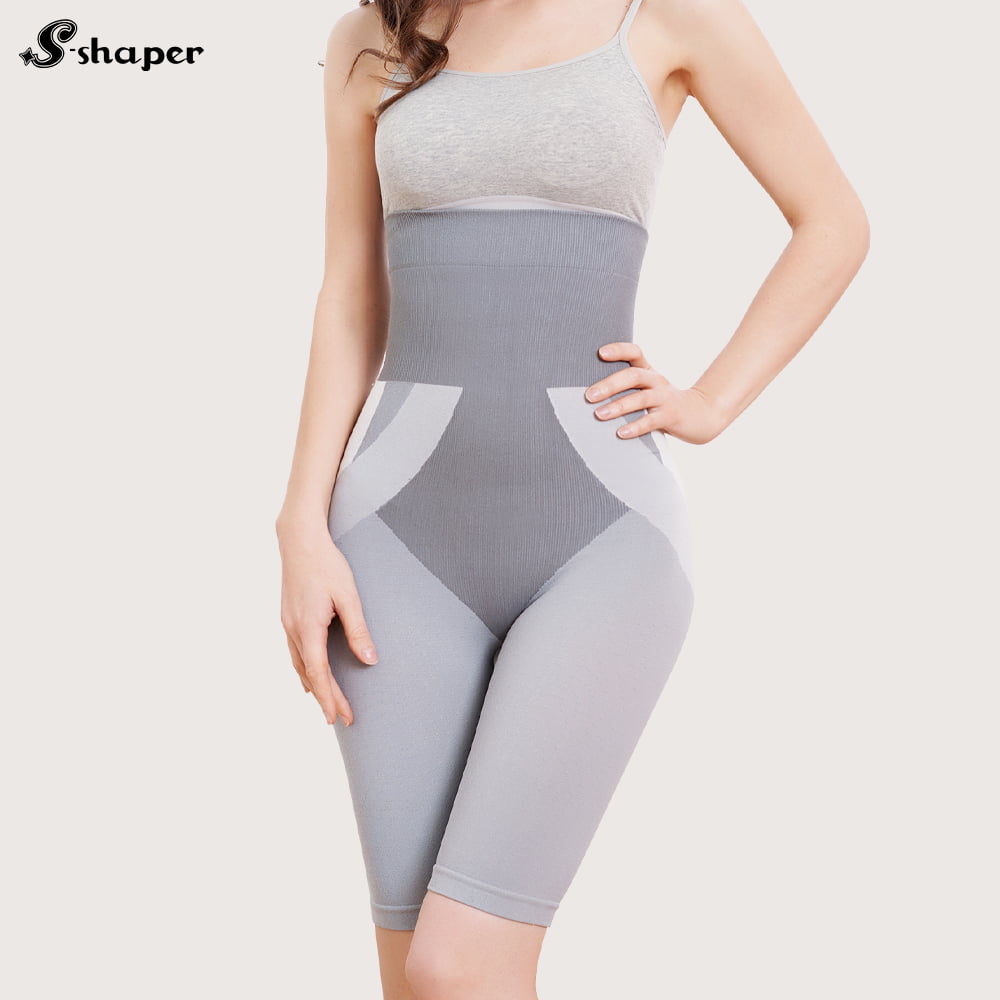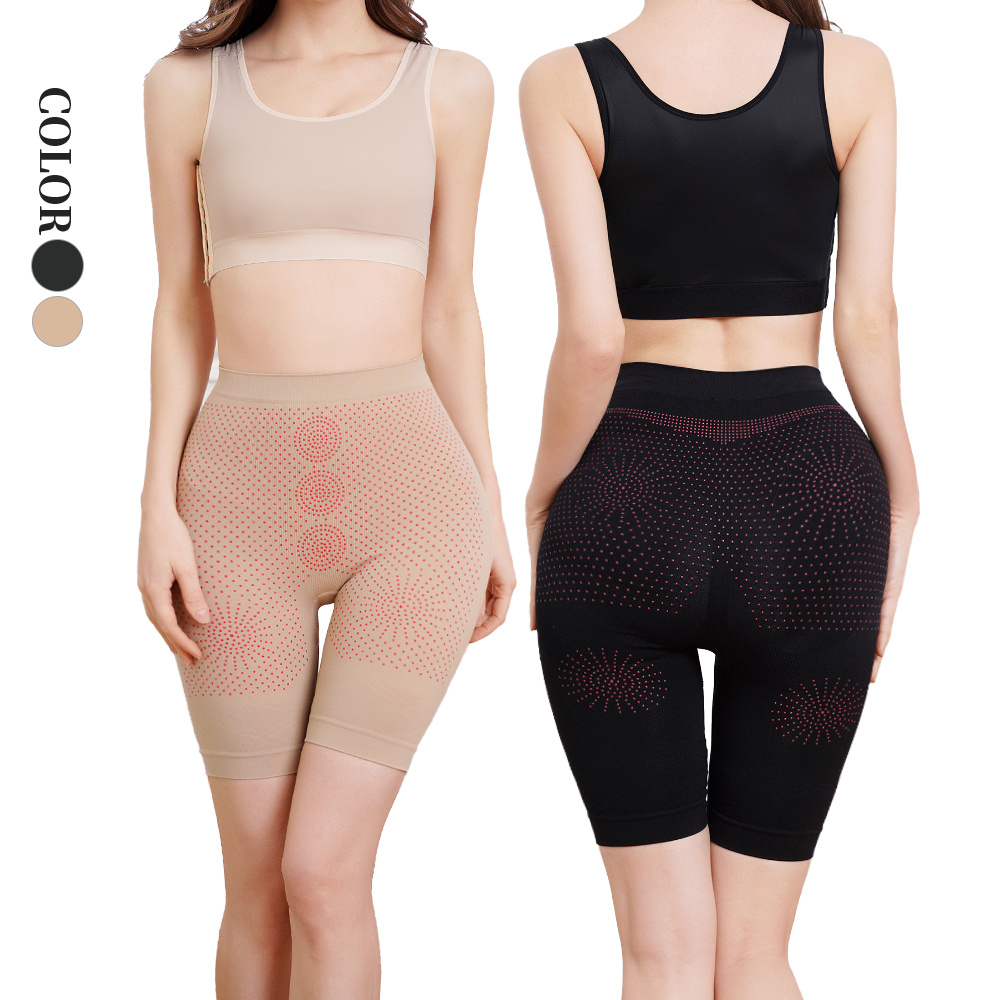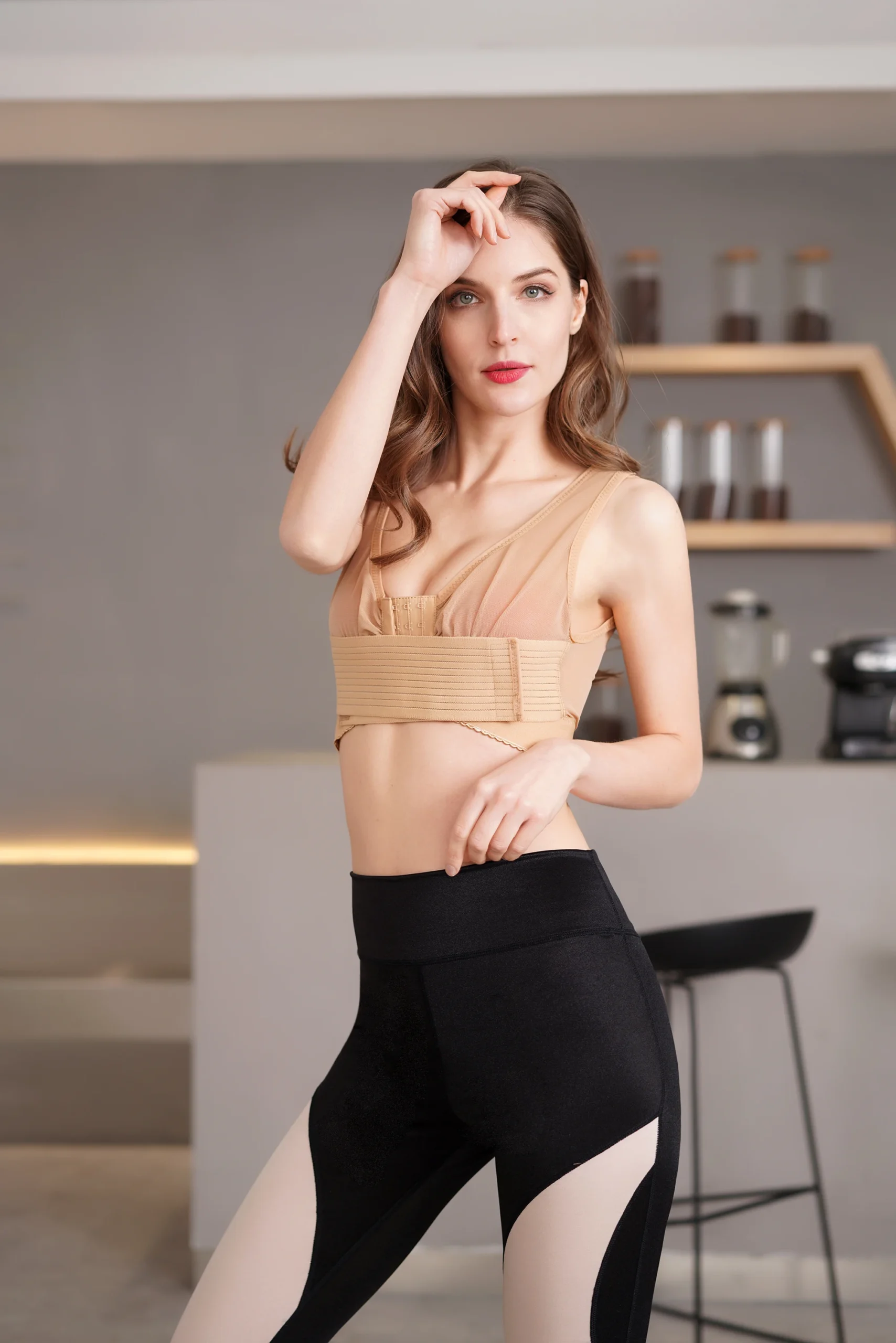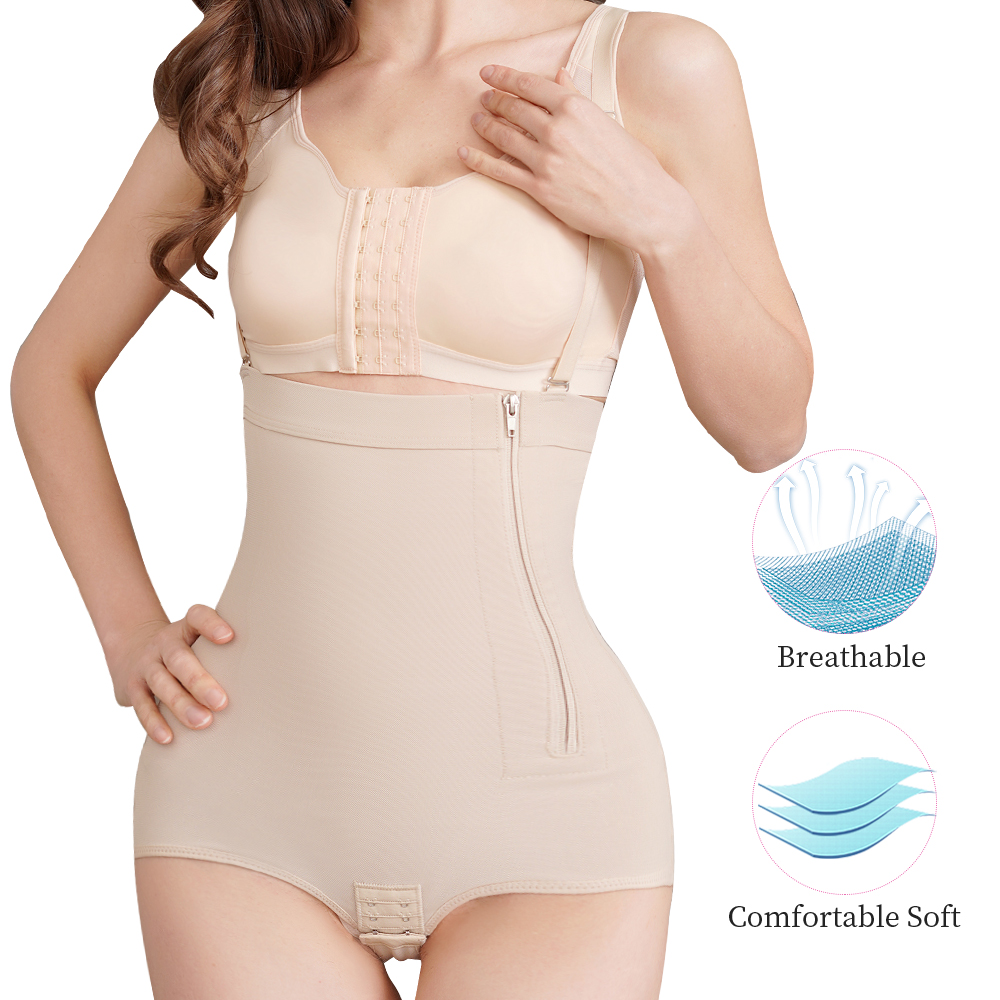The Ultimate Guide to Compression Vests: Exploring 7 Common Materials and Fabrics
Compression vests have gained popularity for their myriad benefits, from enhancing athletic performance to providing medical support. But what makes these garments so effective? The answer lies in the materials and fabrics used in their construction. In this ultimate guide, we’ll explore the seven most common materials used in making compression vests, detailing their properties, benefits, and typical applications.
1. Spandex (Lycra or Elastane)
The Stretchy Marvel
Spandex, also known as Lycra or Elastane, is a synthetic fiber renowned for its exceptional elasticity. It’s a key ingredient in most compression garments, providing the stretch and flexibility needed for a snug fit.
Key Properties
- Elasticity: Spandex can stretch up to five times its original length and return to its original shape.
- Comfort: Its stretchability ensures a comfortable and secure fit that moves with the body.
- Breathability: Despite its tight fit, spandex is breathable, allowing for prolonged wear without discomfort.
Usage
Spandex is often blended with other fabrics like nylon or polyester to create a durable and flexible compression vest. It ensures the garment maintains its shape and effectiveness over time.
2. Nylon
The Durable Workhorse
Nylon is a synthetic fiber known for its strength and durability. It’s a popular choice in compression garments due to its resilience and ability to withstand wear and tear.
Key Properties
- Durability: Nylon is resistant to abrasion and wear, making it ideal for high-performance compression wear.
- Lightweight: Despite its strength, nylon is lightweight, contributing to the comfort of the garment.
- Moisture-Wicking: Nylon effectively wicks moisture away from the body, keeping the wearer dry and comfortable.
Usage
Nylon is frequently combined with spandex in compression vests to enhance durability without sacrificing flexibility. This blend ensures the vest can endure rigorous activities while providing necessary support.
3. Polyester
The Versatile Performer
Polyester is another synthetic fiber commonly used in compression garments. It’s valued for its strength, durability, and ability to manage moisture.
Key Properties
- Strength: Polyester is a strong material that can withstand repeated stretching and washing.
- Moisture-Wicking: It efficiently wicks sweat away from the skin, promoting quick evaporation and keeping the wearer dry.
- Quick-Drying: Polyester dries quickly, making it ideal for active wear.
Usage
Polyester is often blended with spandex to create a durable, moisture-wicking compression vest. This combination is particularly popular in athletic and active wear due to its quick-drying properties.
4. Cotton
The Natural Comfort
Cotton is a natural fiber known for its softness and comfort. While not typically used alone in compression garments due to its lack of elasticity, it is often blended with synthetic fibers.
Key Properties
- Comfort: Cotton is gentle on the skin, providing a soft and comfortable feel.
- Breathability: It allows air to circulate, helping to keep the wearer cool.
- Absorbency: Cotton can absorb moisture, which can be beneficial for sweat management.
Usage
Cotton is usually mixed with spandex or other synthetic fibers to enhance comfort and breathability in compression vests. This blend offers the best of both worlds: the comfort of cotton and the flexibility of synthetics.
5. Bamboo Fiber
The Eco-Friendly Option
Bamboo fiber is a natural, sustainable material gaining popularity in the textile industry. It offers a range of benefits that make it suitable for compression garments.
Key Properties
- Eco-Friendly: Bamboo is a renewable resource, making it an environmentally friendly choice.
- Softness: Bamboo fiber is incredibly soft, providing a luxurious feel against the skin.
- Antibacterial: Bamboo has natural antibacterial properties, which can reduce odor and keep the garment fresh.
Usage
Bamboo fiber is used in compression vests for its comfort, breathability, and eco-friendliness. It’s particularly popular among those looking for sustainable clothing options.
6. Merino Wool
The Natural Regulator
Merino wool is a natural fiber known for its excellent temperature-regulating properties. It’s an ideal material for compression garments designed for varying weather conditions.
Key Properties
- Temperature Regulation: Merino wool can keep you warm in cold conditions and cool in warm conditions.
- Moisture-Wicking: It effectively wicks moisture away from the skin.
- Odor Resistance: Merino wool is naturally odor-resistant, keeping the garment fresh even after prolonged use.
Usage
Merino wool is used in compression vests for outdoor and cold-weather activities. Its ability to regulate temperature makes it a versatile choice for various environments.
7. Neoprene
The Insulating Protector
Neoprene is a synthetic rubber commonly used in wetsuits and other protective gear. It’s known for its excellent insulation properties.
Key Properties
- Insulation: Neoprene retains body heat, providing warmth in cold conditions.
- Elasticity: It offers good elasticity, ensuring a snug fit.
- Durability: Neoprene is durable and resistant to wear and tear.
Usage
Neoprene is often used in compression garments designed for support and warmth, such as those used in cold-weather sports or for therapeutic purposes.
Comparison Table: Common Materials in Compression Vests
| Material | Key Properties | Common Usage |
|---|---|---|
| Spandex | Elasticity, comfort, breathability | Blended with other fabrics for stretch and support |
| Nylon | Durability, lightweight, moisture-wicking | Combined with spandex for durable, stretchy vests |
| Polyester | Strength, moisture-wicking, quick-drying | Blended with spandex for durability and comfort |
| Cotton | Comfort, breathability, absorbency | Blended with synthetics for added comfort |
| Bamboo Fiber | Eco-friendly, softness, antibacterial | Used for comfort, breathability, eco-friendliness |
| Merino Wool | Temperature regulation, moisture-wicking, odor resistance | Outdoor and cold-weather compression vests |
| Neoprene | Insulation, elasticity, durability | Support and warmth in sports and therapeutic vests |
Share This Post:
Table of Contents
Most Popular


Sweat Shorts Factory in South America for Gymwear Startups

Sauna Belt Manufacturer in South America for Health & Wellness Brands

Wholesale Shaping Panty Factory in South America for Beauty Clinics
Get in touch with us
Related Posts

Arm Sleeves Manufacturer in South America for Sports Apparel Distributors
1. Why South America is Emerging as a Hub for Arm Sleeves Manufacturing In recent years, South America has become a strategic manufacturing base for sportswear, particularly performance accessories like

Sweat Shorts Factory in South America for Gymwear Startups
1. Why South America is Emerging as a Gymwear Manufacturing Hub South America is rapidly gaining recognition as a strategic location for gymwear and activewear manufacturing — including sweat shorts

Sauna Belt Manufacturer in South America for Health & Wellness Brands
1. Why Health & Wellness Brands Are Investing in Sauna Belts The health and wellness industry is booming globally, and sauna belts have emerged as a top product in the

Wholesale Shaping Panty Factory in South America for Beauty Clinics
1. Why Beauty Clinics are Turning to Wholesale Shaping Panty Suppliers In recent years, beauty clinics have evolved beyond skincare and cosmetic procedures to offer lifestyle-enhancing products. One of the






